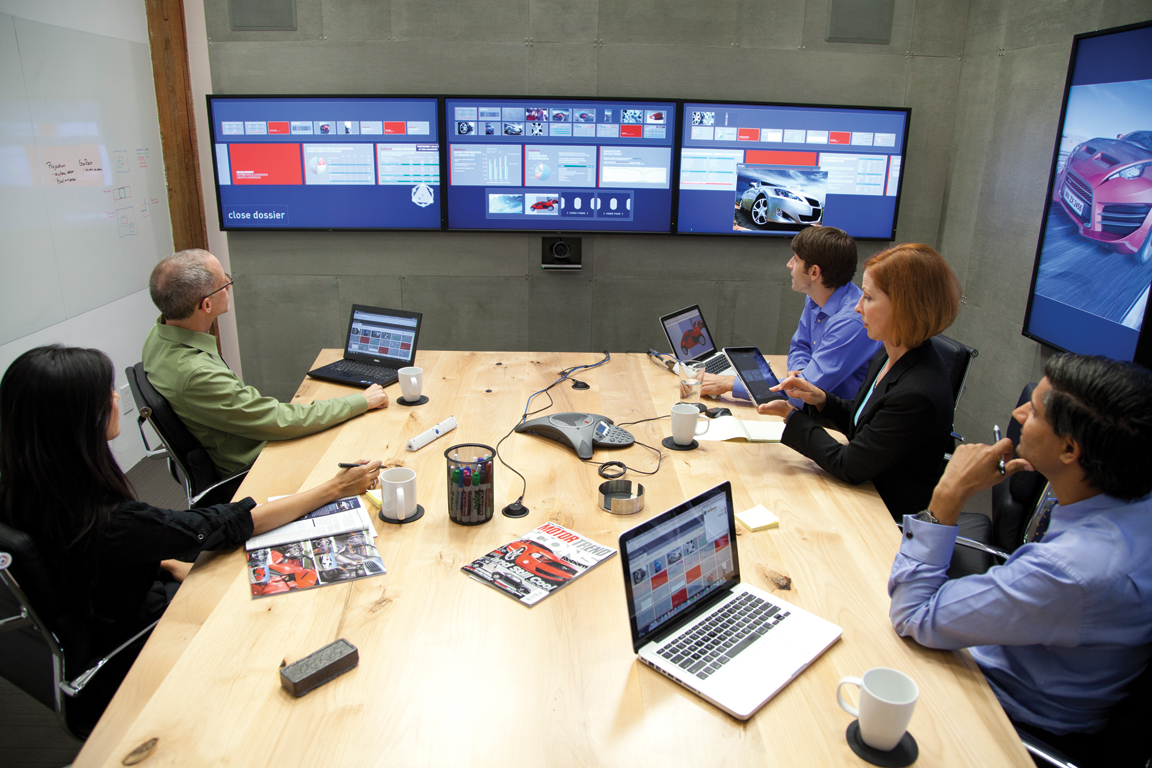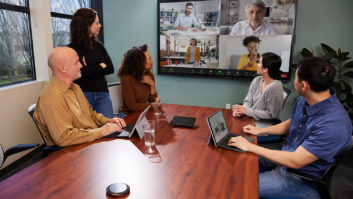
Steve Montgomery looks at the business and technological implications behind the adoption of unified communication technology to benefit organisations of all sizes.
Recent research by Raconteur Media, entitled Future of Work, reveals some interesting trends in the way that managers think about strategies for managing change effectively and increasing workforce performance within their organisations. According to the report: “Profit is driven by creativity, innovation and productivity, each of which relies on an engaged workforce motivated by their work environment.”
A clear majority of workers now believe that work is shifting more towards an experience rather than a place, as staff become more used to, and are encouraged to, work away from the central office. This is not just to reduce operational costs but to move away from the office to make work fit around personal situations and lifestyle and enable a more productive culture.
Businesses continually highlight the challenges of responding more rapidly to market opportunities, through integrating technology, utilising talent and developing a culture of innovation. The world of work is undergoing major changes and it is the organisations that are alive to its implications and possibilities that will enjoy the most success.
Donald McLaughlin, director, UK & Ireland collaboration sales, Cisco, identifies a new type of user: “Supertaskers are employees who can successfully do more than two things at once and use upwards of four devices in their daily lives. They are highly efficient and ensure that their time is spent in the most effective way. This not only improves businesses’ overall productivity but also increases ROI while minimising total cost of ownership.”
Employers must provide tools that the mobile workforce wants. “Effective collaboration is not just key to success, it’s critical. We need to deploy the right tools so that team members can contribute, regardless of their location or device,” points out Mary Ann de Lares Norris, COO, Oblong Industries. “Unfortunately, many of the installations and systems we use today fall short of our needs. We still operate in environments designed for presentation to the detriment of collaboration. What’s been missing are tools and infrastructure enabling collaboration in shared digital workspaces.”
Pexip’s Anders Løkke agrees: “Too many companies expect and demand that users should change the way they work. Those companies will not succeed with their collaboration strategies. Enterprises must adapt technology to how their staff work, rather than forcing a solution that omits its culture. The workplace and office of the future is an activity-based workplace, where technology supports the work culture and desired outcome.”
A primary consideration is ensuring ease of use. Løkke continues: “Technology must be intuitive to the end user and for the administrator. It must be cost efficient to deploy, manage and consume at every level. First and foremost, it must support the users’ behaviour. Its appeal and the subsequent endorsement of users comes down to how they experience their first few seconds and minutes of collaborative experiences. Only by feeling, and inherently understanding, the benefits of a technology will mass adoption and enterprise-wide productivity ensue.”







